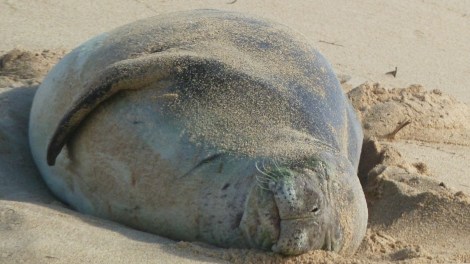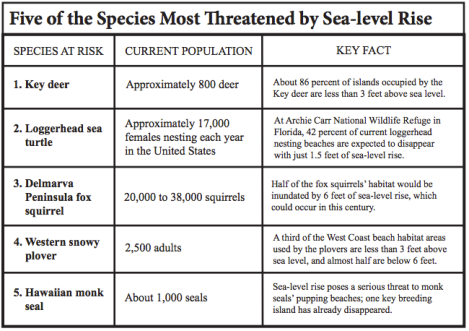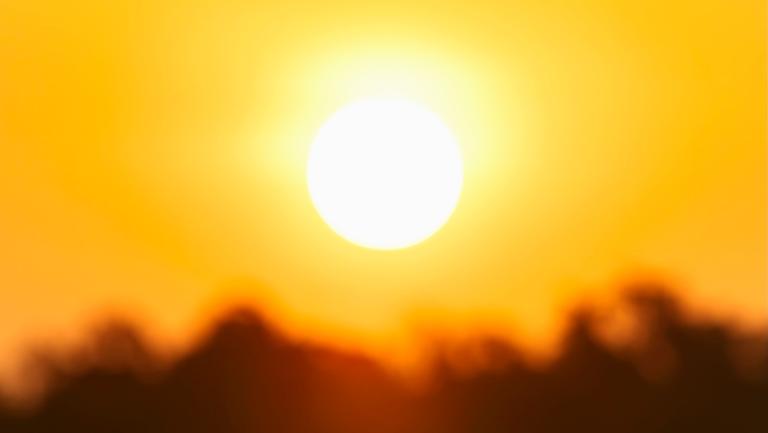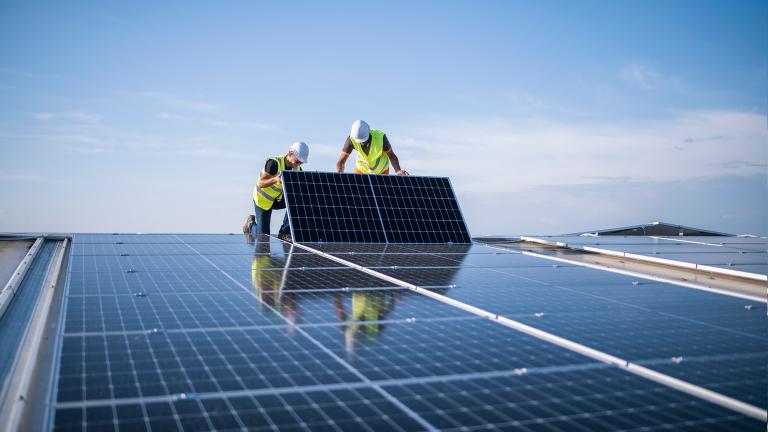
Fuzzy GerdesRising sea levels could ruin this Hawaiian monk seal’s favorite beaches.
Sea-level rise isn’t just bad news for coastal-dwelling humans. It’s also bad news for coastal-dwelling critters and plants, including one out of every six threatened and endangered species in the U.S.
That’s according to a Center for Biological Diversity analysis of federal data. From the new report:
Left unchecked, rising seas driven by climate change threaten 233 federally protected species in 23 coastal states. …
The most vulnerable groups are flowering plants, which represent a third of all at-risk species, followed by anadromous fishes, birds, mammals, reptiles and freshwater mussels.
These species will be harmed as their habitat areas are submerged and eroded by rising seas. Saltwater intrusion also contaminates groundwater and causes the die-off and conversion of plant communities. …
Faced with rising seas, coastal wildlife and their habitats will need to move inland to survive. However, because 39 percent of the U.S. population lives in coastal counties, much coastal habitat has already been lost to development, leaving species with few places to move. Without help, many species are at risk of being squeezed between rising seas and shoreline development.
Here’s a list of five animal species most at risk from rising seas:
The authors of the report call for cutting greenhouse gas emissions (duh) as well as protecting coastal areas. “If existing coastal habitats in the United States remain intact, exposure to sea-level rise hazards could be reduced by half,” the report says.
And it wouldn’t hurt if Americans also refrained from accidentally procreating. To that end, the Center for Biological Diversity is handing out 25,000 free Endangered Species Condoms this holiday season.





